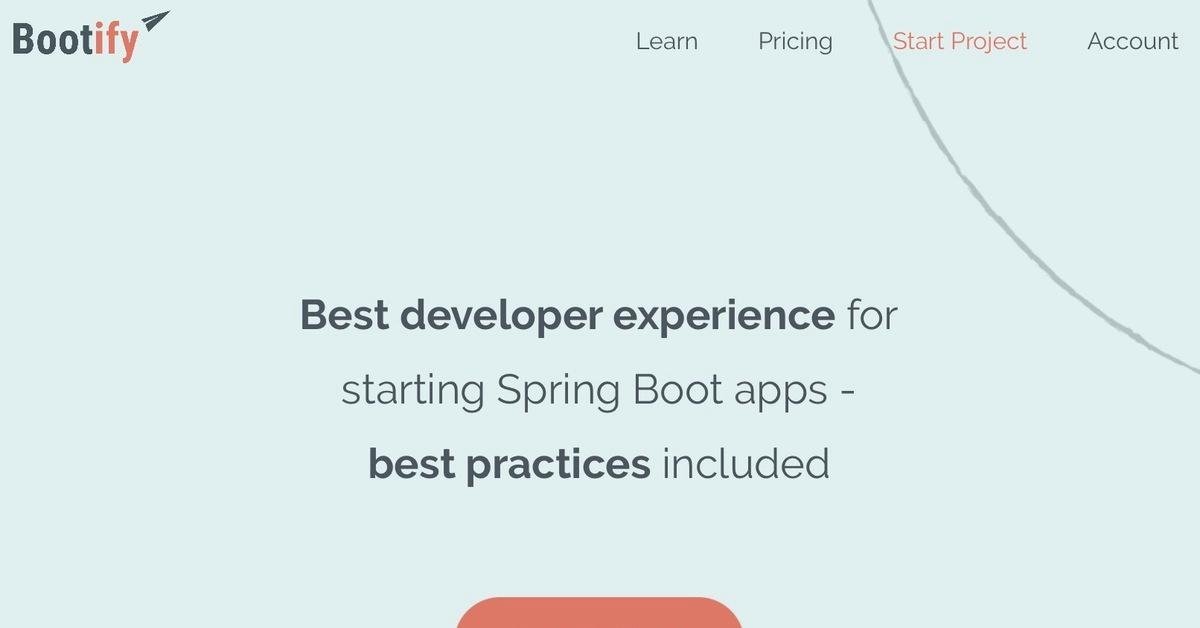SpringBoot快速配置多語系(國際化)
一、前言
多語系網站的好處:
在網路世界裡,使用者沒辦法親眼看到公司實際的樣子,官網就是一個形象的展現,網站有不同的語系除了更顯國際化,頁面的瀏覽上也顯得更親切;對很多人來說,使用自己不熟悉的語言,會感覺陌生,容易產生不信任感。若能讓潛在客戶使用自己語言瀏覽網站,也能讓訪客覺得這家公司是一間相當有規模的公司,提高在網站上的體驗,也有機會提高轉化率。
二、Spring boot多語系介紹、環境配置
Spring Boot自動配置MessageSource做i18n多國語言訊息,不用再自己配置MessageSource的bean且預設會尋找classpath根目錄下名稱為messages的properties作為訊息來源。如果想要使用其他名稱或路徑,可在Spring Boot配置檔application.properties設定。
範例環境:
n Java 8
n Spring Boot 2.2.6.RELEASE
n Maven
三、配置多語系
1.添加依賴
n 在pom.xml添加如下依賴
<dependency>
<groupId>org.springframework.boot</groupId>
<artifactId>spring-boot-starter-web</artifactId>
</dependency>
<dependency>
<groupId>org.springframework.boot</groupId>
<artifactId>spring-boot-starter-tomcat</artifactId>
</dependency>
<!-- https://mvnrepository.com/artifact/com.alibaba/fastjson -->
<dependency>
<groupId>com.alibaba</groupId>
<artifactId>fastjson</artifactId>
<version>1.2.73</version>
</dependency>
2. 創建.propertis語言包
l message.properties
l message_en_US.properties
l message_zh_TW.properties
3. 設置messages訊息內容
l messages.properties
current.locale=中文(預設)
l messages_zh_TW.properties
current.locale=中文
l messages_en_US.properties
current.locale=English
4.配置application.properties
spring.messages.basename=i18n/messages
spring.messages.encoding=UTF-8
spring.messages.cache-duration=3600
5.創建解析器和攔截器
l解析器:
其中locale表示默認語言,當請求中未包含語種信息,則設置默認語種,當前默認為TAIWAN, zh_TW。
l攔截器:
默認攔截器 其中lang表示切換語言的參數名。
package com.demo.config;
import java.util.Locale;
import org.springframework.context.annotation.Bean;
import org.springframework.context.annotation.Configuration;
import org.springframework.web.servlet.LocaleResolver;
import org.springframework.web.servlet.config.annotation.InterceptorRegistry;
import org.springframework.web.servlet.config.annotation.WebMvcConfigurer;
import org.springframework.web.servlet.i18n.LocaleChangeInterceptor;
import org.springframework.web.servlet.i18n.SessionLocaleResolver;
@Configuration
public class WebConf implements WebMvcConfigurer {
/**
* 默認解析器 其中locale表示默認語言,當請求中未包含語種信息,則設置默認語種
* 當前默認為TAIWAN, zh_TW
*/
@Bean
public LocaleResolver localeResolver() {
SessionLocaleResolver slr = new SessionLocaleResolver();
slr.setDefaultLocale(Locale.TAIWAN);
return slr;
}
/**
* 默認攔截器 其中lang表示切換語言的參數名
*/
@Bean
public LocaleChangeInterceptor localeChangeInterceptor() {
LocaleChangeInterceptor lci = new LocaleChangeInterceptor();
lci.setParamName("lang");
return lci;
}
@Override
public void addInterceptors(InterceptorRegistry registry){
registry.addInterceptor(localeChangeInterceptor());
}
}
6.編寫Controller
@Controller
@RequestMapping("/test")
public class DemoController {
@Autowired
private MessageSource messageSource;
/**
* 取得當前語系.
*
* @param rq the rq
* @param request the request
* @return the string
*/
@RequestMapping(value = { "/getCurrentLocale" }, method = { RequestMethod.GET }, consumes = {MediaType.APPLICATION_JSON_VALUE }, produces = { MediaType.APPLICATION_JSON_VALUE })
@ResponseBody
public ResponseEntity<JSONObject> changeLocale(HttpServletRequest request, HttpServletResponse response) {
Locale locale = LocaleContextHolder.getLocale();
JSONObject json = new JSONObject();
json.put("locale", "當前語系:" + messageSource.getMessage("current.locale", null, locale));
return new ResponseEntity<JSONObject>(json, HttpStatus.OK);
}
}
7.配置SpringBootApplication啟動server
@SpringBootApplication
public class DemoApplication {
public static void main(String[] args) {
SpringApplication.run(DemoApplication.class, args);
}
}
啟動server
8. Postman 測試
l zh_TW
l en_US
四、目錄結構
目錄結構
─src
└─main
├─java
│ └─com
│ └─demo
│ │ DemoApplication.java
│ └─config
│ WebConf.java
│ │
│ └─controller
│ DemoController.java
│
└─resources
│ application.properties
└─i18n
│ messages.properties
│ messages_zh_TW.properties
│ messages_en_US.properties
完整程式碼請參考github。
參考來源:https://phrase.com/blog/posts/spring-boot-internationalization/













